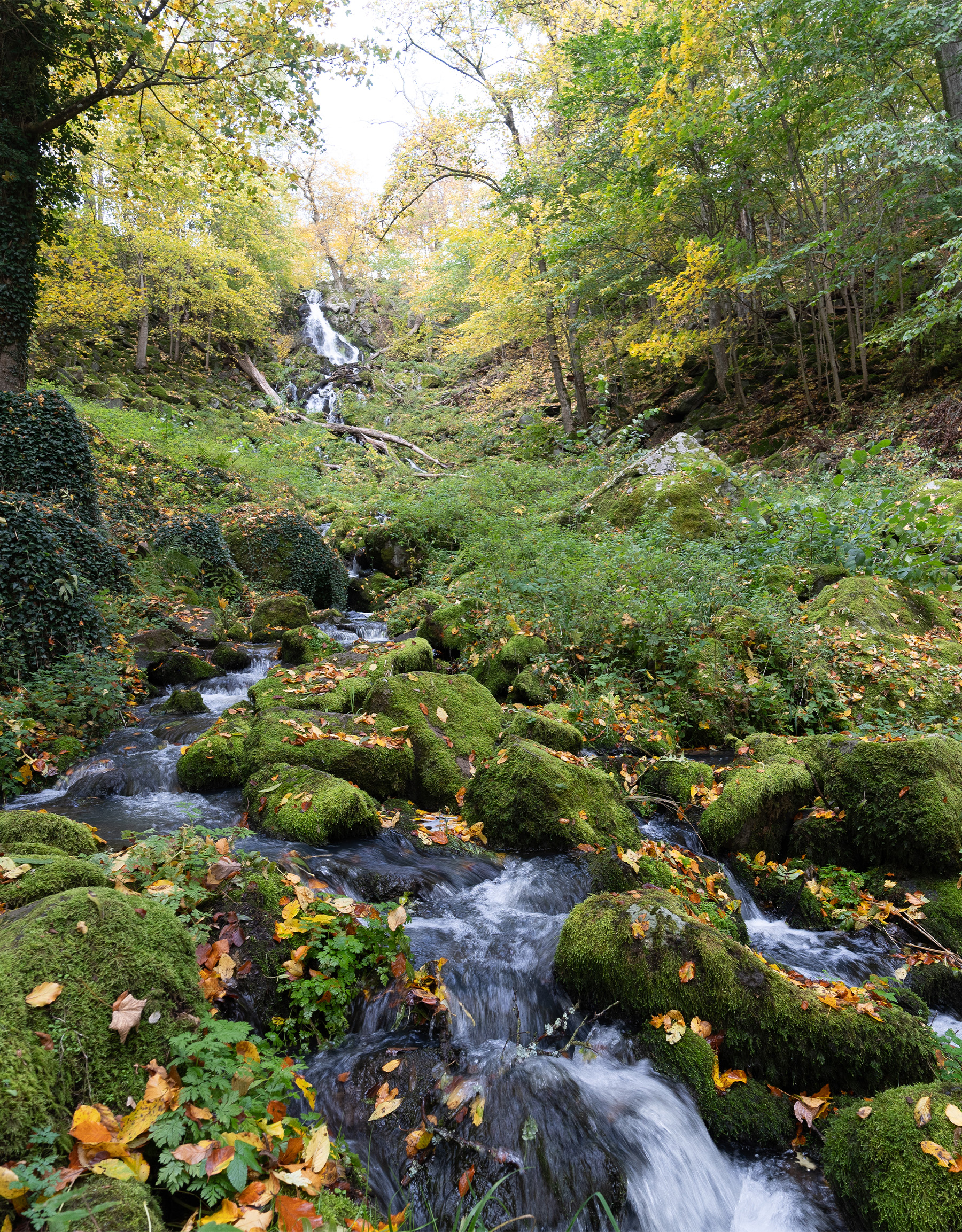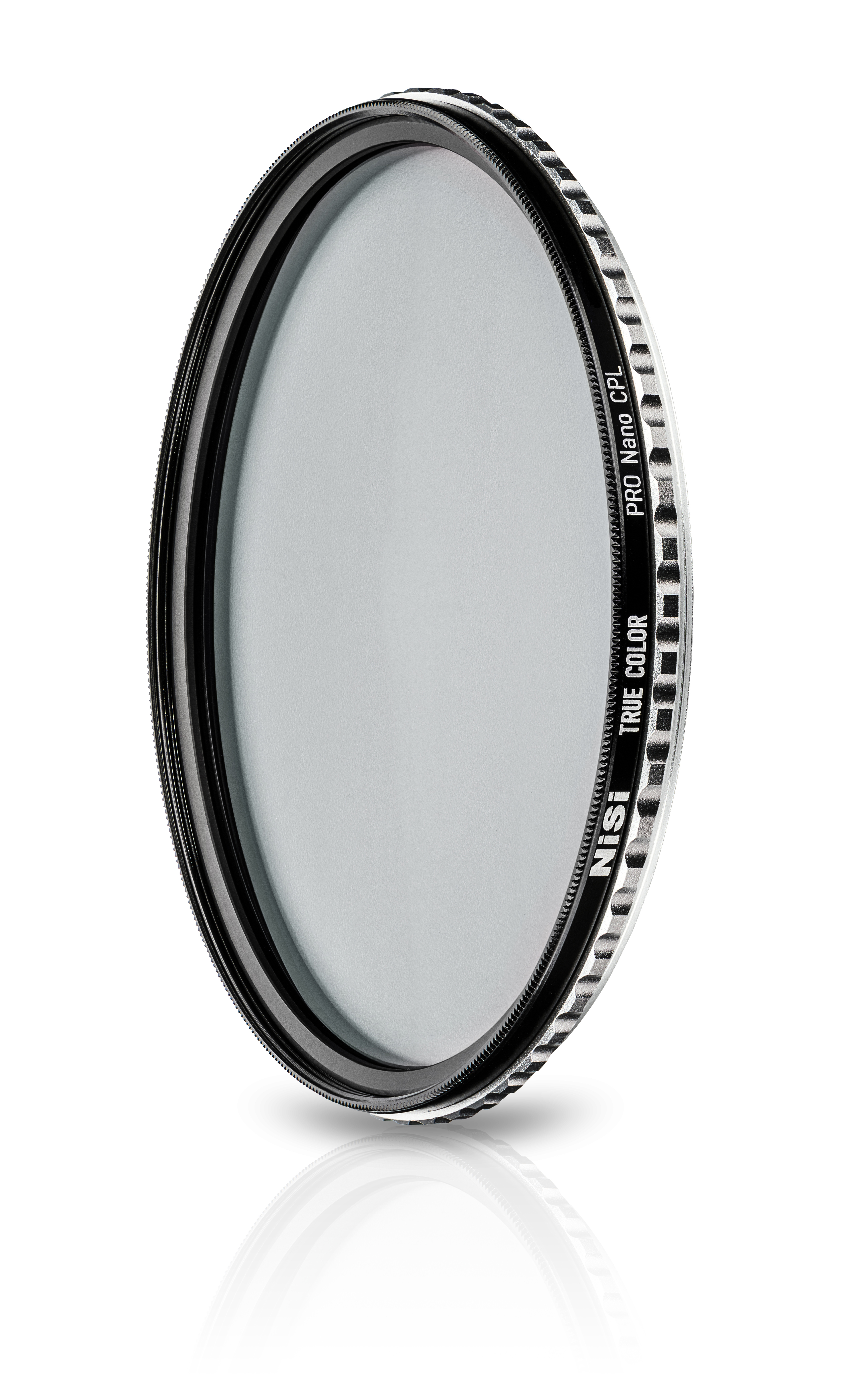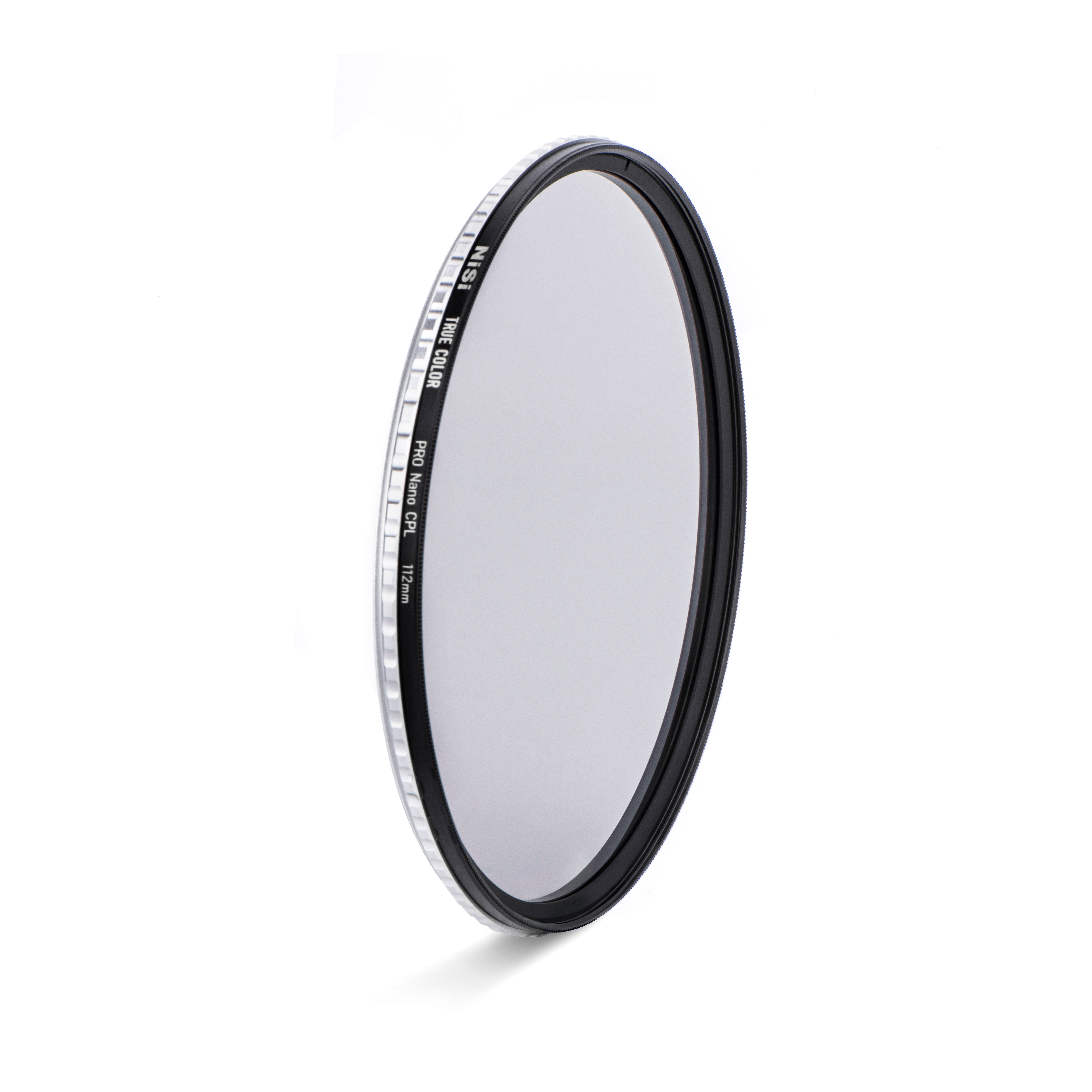Photography with Filters
The polarizing filter and why I don't want work without it anymore
by Joris Machholz
I should have done this sooner!
Often, it's just small nuances that make the difference. You just need to know how to bring them out.
One of the easiest methods is using filters—especially the polarizing filter or CPL, which does wonders. When used correctly, it transforms your shot from a simple snapshot into a small masterpiece, without any editing! But why? The polarizing filter suppresses certain light waves, which removes specific reflections. And since almost every surface reflects light, this allows you to effortlessly enhance the contrast in your image. Let me show you an example from the forest:
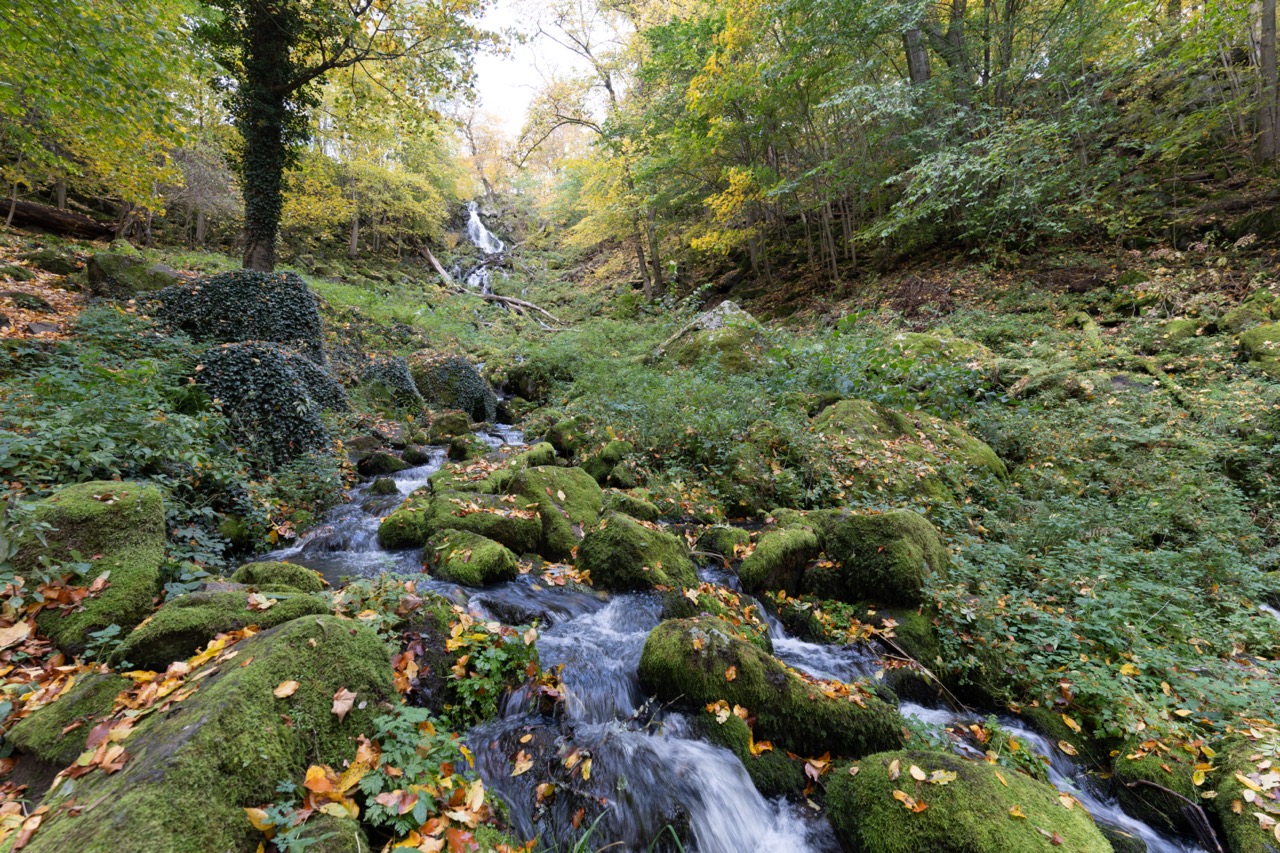
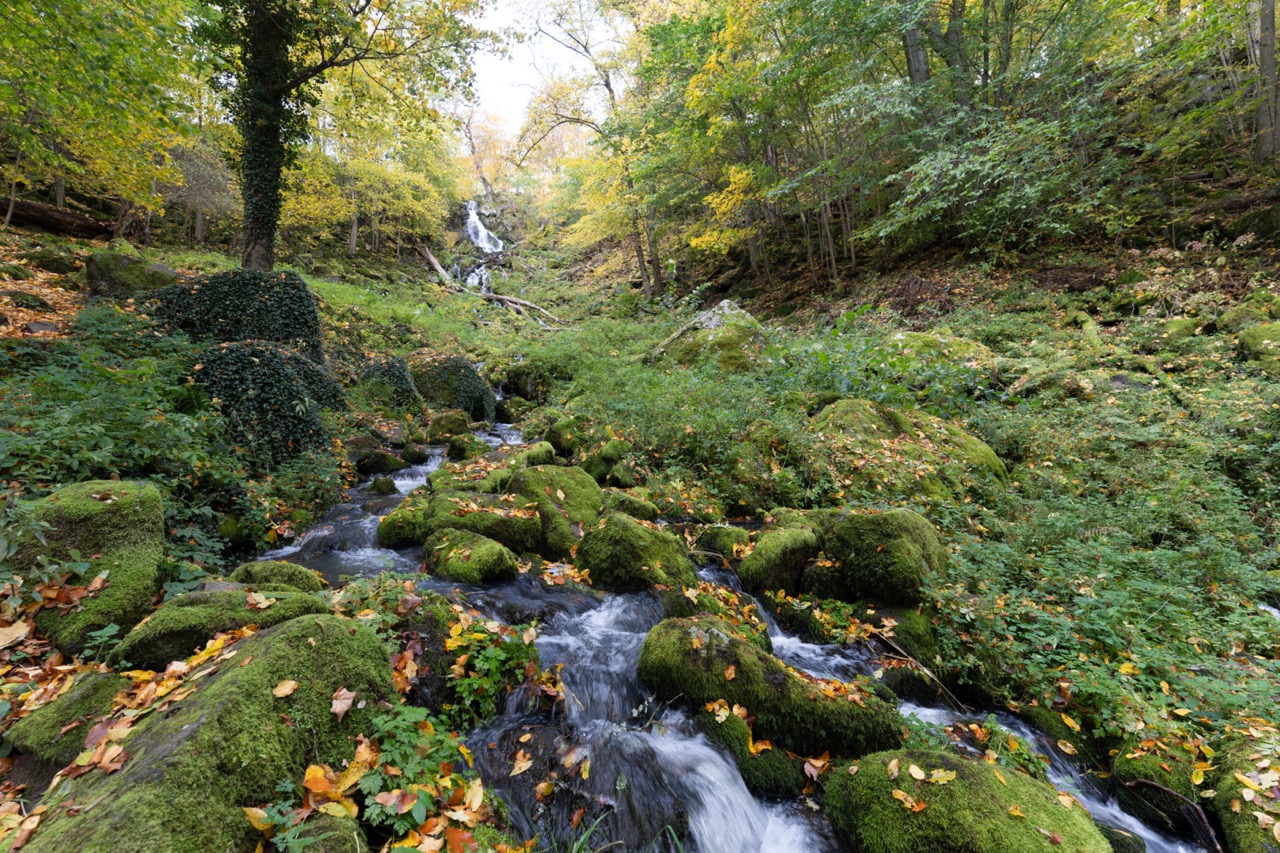
While the bright surface of the ivy is subdued, the colors become more vibrant, and the contrasts are enhanced.
Of course, the filter is not only useful in landscape photography. Automotive, interior, and architecture photography are also exciting fields (just to name a few).
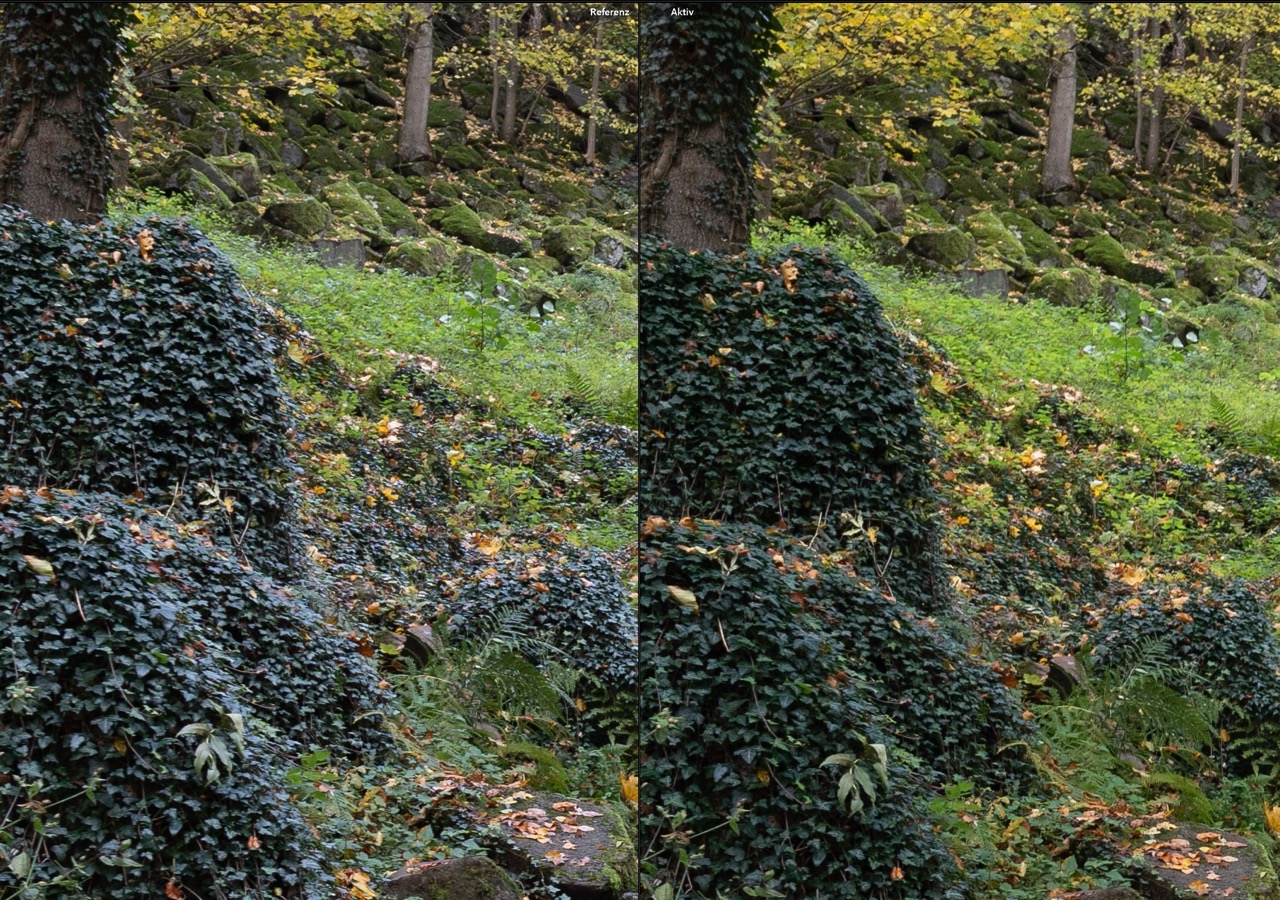
You achieve this effect simply by rotating the filter. As you can see, it is screwed onto the front of the lens, and by turning it, you can increase the polarization to a certain degree. In the video, you can see the reflection of a window in the center of the lens, which is gradually reduced.
One important thing to keep in mind: Using a polarizing filter also affects your exposure! The filter darkens your image by about 1 to 1.5 stops. See the comparison image above—ISO 160 without the filter, ISO 400 with the CPL.
As I mentioned in my post about my gear, I use and combine filters from NiSi Optics. Their high quality is clearly reflected in the results.
Here is another comparison between two images. Besides the reflection on the windshield, you can also see the darkening of the sky. In both cases, the polarizing filter was used, but in the right image, it was not applied correctly.

The polarizing filter can, of course, be combined in various ways, especially easily if you're using a filter holder system. Here, for example, in combination with an ND64 and a GND8 gradient filter:


